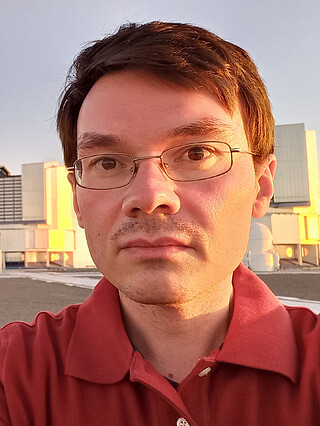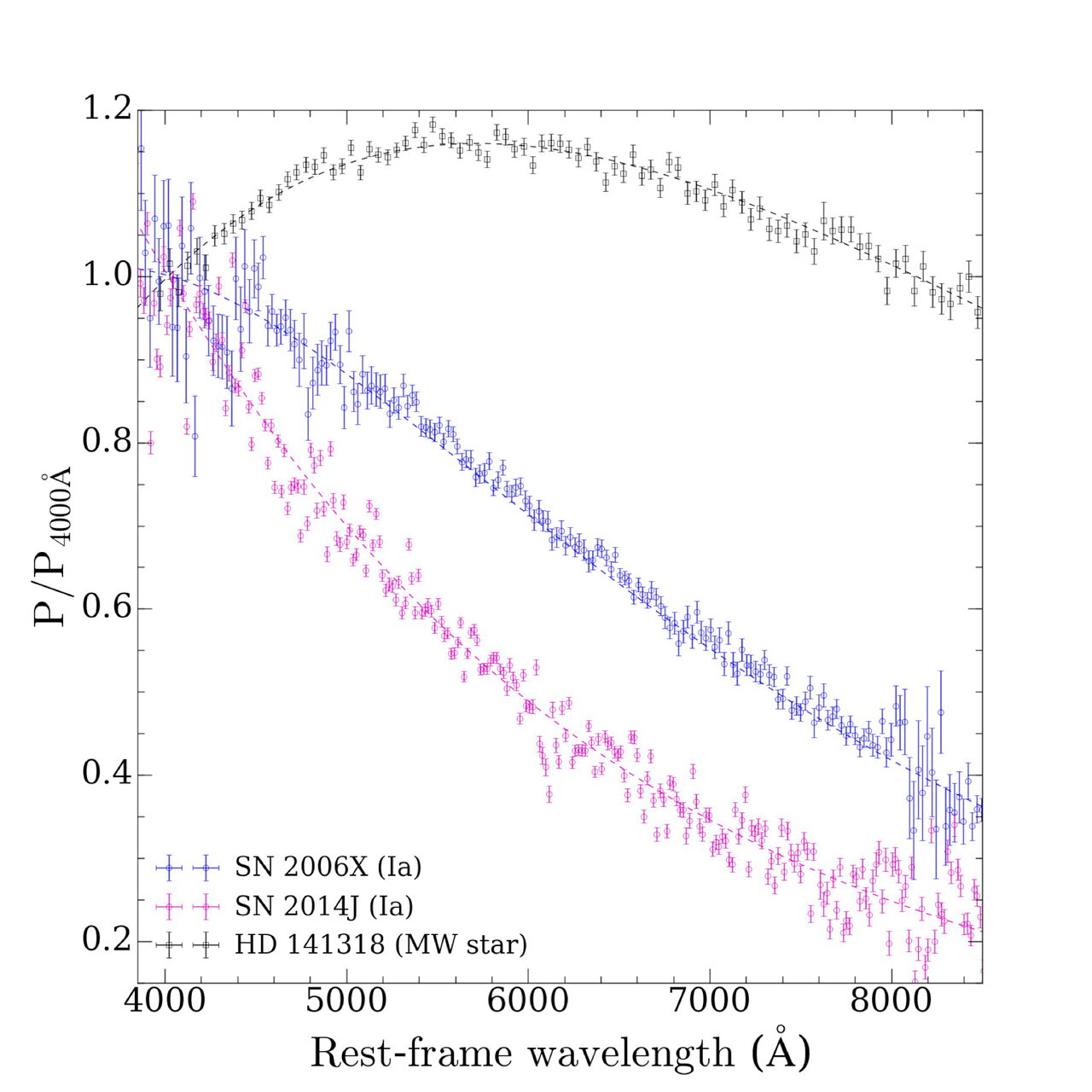Aleksandar Cikota: Are peculiar extinction and polarization properties along the sightlines toward Type Ia Supernovae produced by circumstellar or interstellar matter?
Thursday, 19 January 2023 2 p.m. — 3 p.m. MST
Your time:

Gemini North Hilo Base Facility | 670 N A’ohoku Place Hilo, Hawaii, 96720, USA

Spectropolarimetry offers an independent method to the study inter/circum-stellar dust properties (by observing the continuum polarization) and the analysis of the three-dimensional geometrical properties of unresolved sources (by observing the intrinsic continuum polarization and line polarization). Some highly reddened Type Ia supernovae (SNe Ia) display low total-to-selective extinction ratios (RV ≲ 2) in comparison to that of typical Milky Way dust (RV ~ 3.3), and polarization curves that rise steeply to blue wavelengths, with peak polarization values at short wavelengths (lmax < 0.4 microns) in comparison to the typical Galactic values (lmax ~ 0.55 microns). Understanding the source of these properties could provide insight into the progenitor systems of SNe Ia. We aim to determine whether they are the result of the host galaxy's interstellar dust or circumstellar dust. This is accomplished by analyzing the continuum polarization of 66 SNe Ia in dust-rich spiral galaxies and 13 SNe Ia in dust-poor elliptical galaxies as a function of normalized galactocentric distance. We find that there is a general trend of SNe Ia in spiral galaxies displaying increased polarization values when located closer to the host galaxies' centre, while SNe Ia in elliptical host galaxies display low polarization. Furthermore, all highly polarized SNe Ia in spiral host galaxies display polarization curves rising toward blue wavelengths, while no evidence of such polarization properties is shown in elliptical host galaxies. This indicates that the source of the peculiar polarization curves is likely the result of interstellar material as opposed to circumstellar material. The peculiar polarization and extinction properties observed toward some SNe Ia may be explained by the radiative torque disruption mechanism induced by the SN or the interstellar radiation field.
For Zoom connection information, please contact Emanuele Paolo Farina (emanuele.farina_at_noirlab.edu).
Back to Gemini north talks.